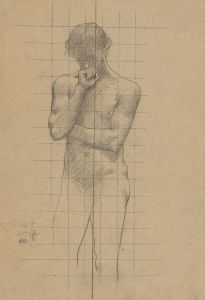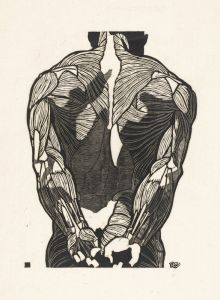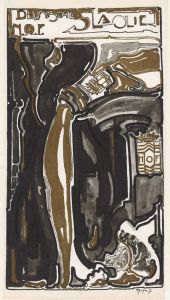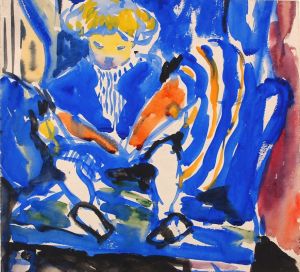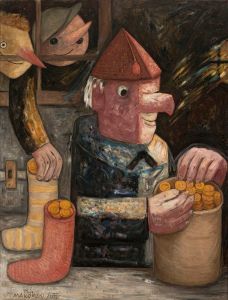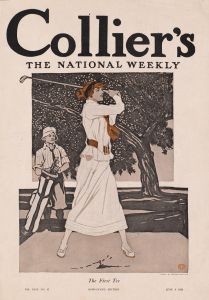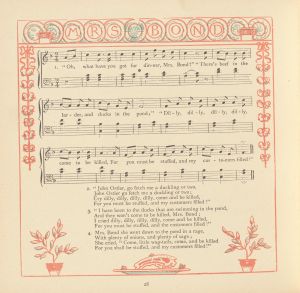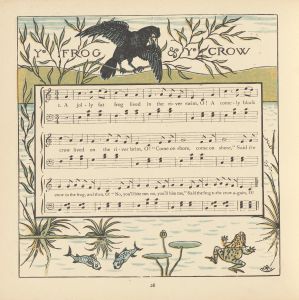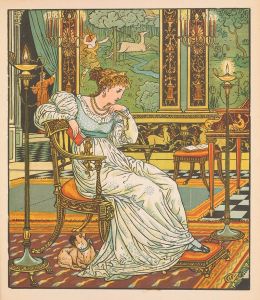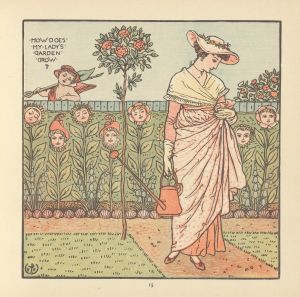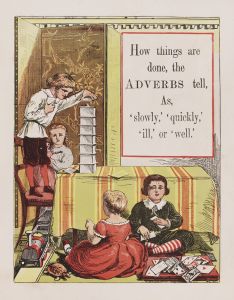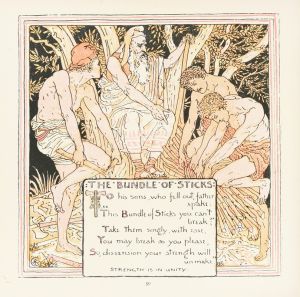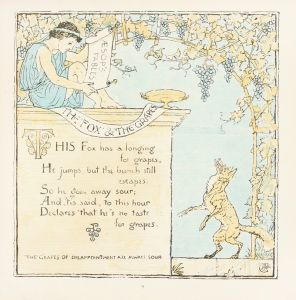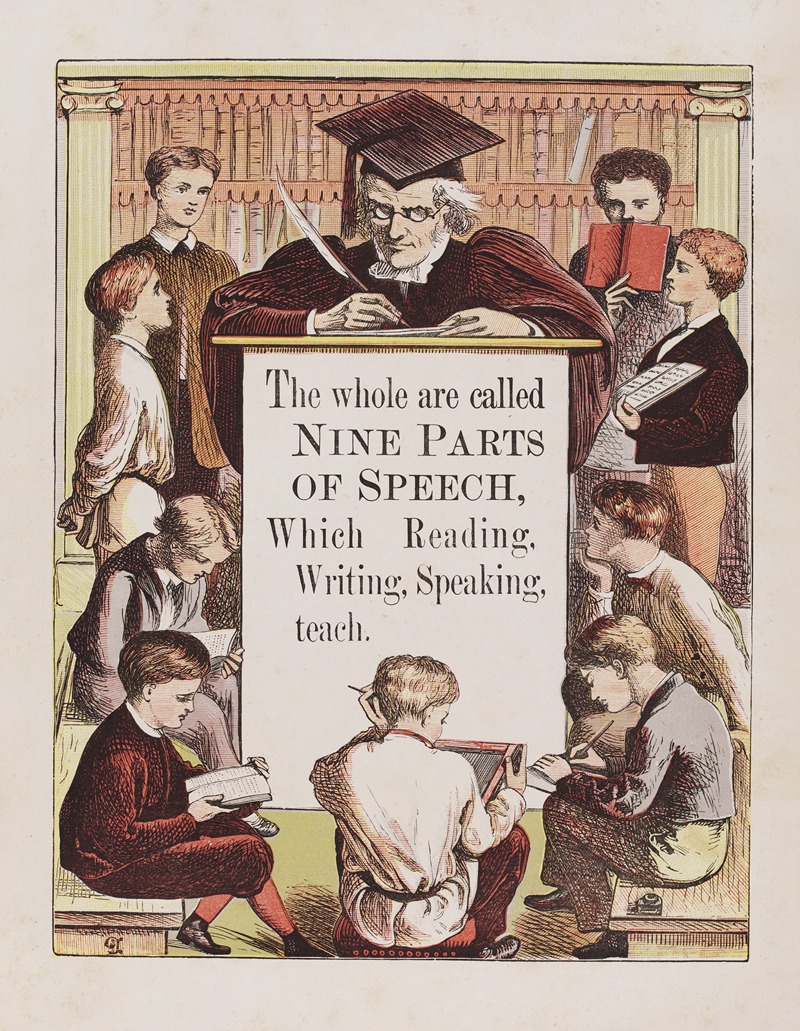
Nine parts of speech
A hand-painted replica of Walter Crane’s masterpiece Nine parts of speech, meticulously crafted by professional artists to capture the true essence of the original. Each piece is created with museum-quality canvas and rare mineral pigments, carefully painted by experienced artists with delicate brushstrokes and rich, layered colors to perfectly recreate the texture of the original artwork. Unlike machine-printed reproductions, this hand-painted version brings the painting to life, infused with the artist’s emotions and skill in every stroke. Whether for personal collection or home decoration, it instantly elevates the artistic atmosphere of any space.
Walter Crane was a prominent English artist and illustrator, known for his contributions to the Arts and Crafts Movement and his work in children's book illustrations. Among his diverse body of work is the painting "Nine Parts of Speech," which exemplifies his unique style and artistic philosophy.
Walter Crane was born on August 15, 1845, in Liverpool, England. He was heavily influenced by the Pre-Raphaelite Brotherhood and the ideals of the Arts and Crafts Movement, which emphasized traditional craftsmanship and the decorative arts. Crane's work often featured elaborate designs and vibrant colors, and he was known for his ability to blend art with literature, particularly in his illustrations for children's books.
The painting "Nine Parts of Speech" is a testament to Crane's skill in combining educational themes with artistic expression. The artwork is designed to visually represent the nine parts of speech in the English language: noun, pronoun, verb, adjective, adverb, preposition, conjunction, interjection, and article. Each part of speech is personified, likely depicted as a character or symbol that embodies its grammatical function. This approach not only serves as an educational tool but also showcases Crane's creativity and his ability to make learning engaging through art.
Crane's work was characterized by his use of symbolism and allegory, and "Nine Parts of Speech" is no exception. By personifying the elements of grammar, Crane transforms abstract concepts into tangible forms, making them more accessible and memorable to viewers. This method reflects the broader educational trends of the time, which sought to make learning more interactive and visually stimulating.
Throughout his career, Crane was committed to the idea that art should be both beautiful and functional. He believed that art could play a significant role in everyday life and should be accessible to all, not just the elite. This philosophy is evident in "Nine Parts of Speech," as it serves both an aesthetic and educational purpose.
Walter Crane's influence extended beyond his own work. He was a key figure in the Arts and Crafts Movement, which sought to revive traditional craftsmanship in the face of industrialization. His emphasis on the integration of art and education also paved the way for future generations of illustrators and educators.
In summary, "Nine Parts of Speech" by Walter Crane is a notable example of how art can be used to educate and inspire. Through his innovative approach to illustrating the parts of speech, Crane not only contributed to the field of educational art but also reinforced the ideals of the Arts and Crafts Movement. His work continues to be celebrated for its beauty, creativity, and educational value.





